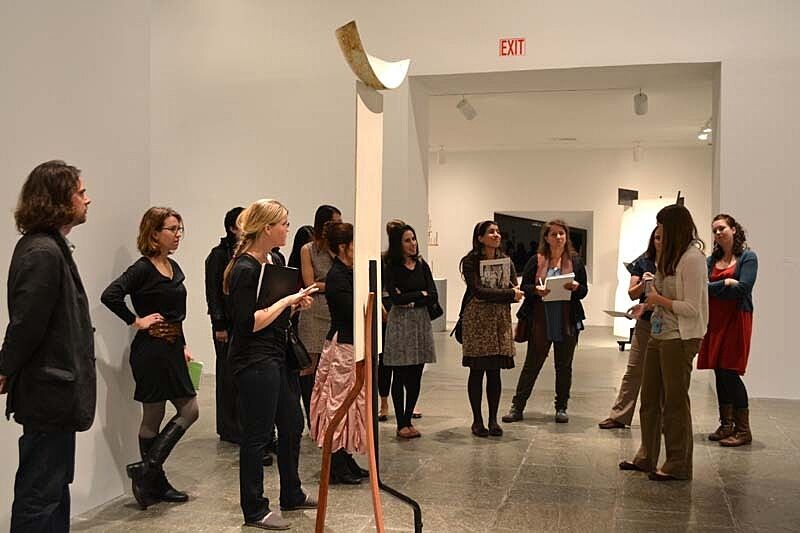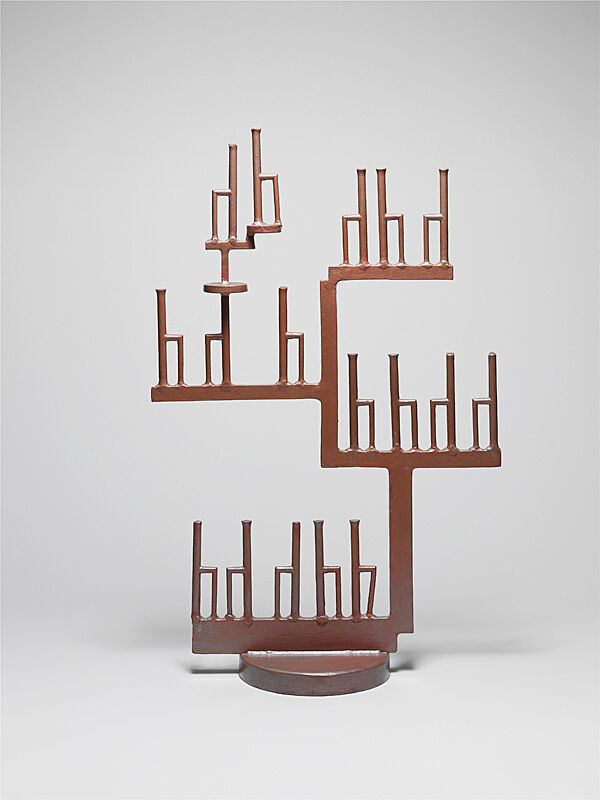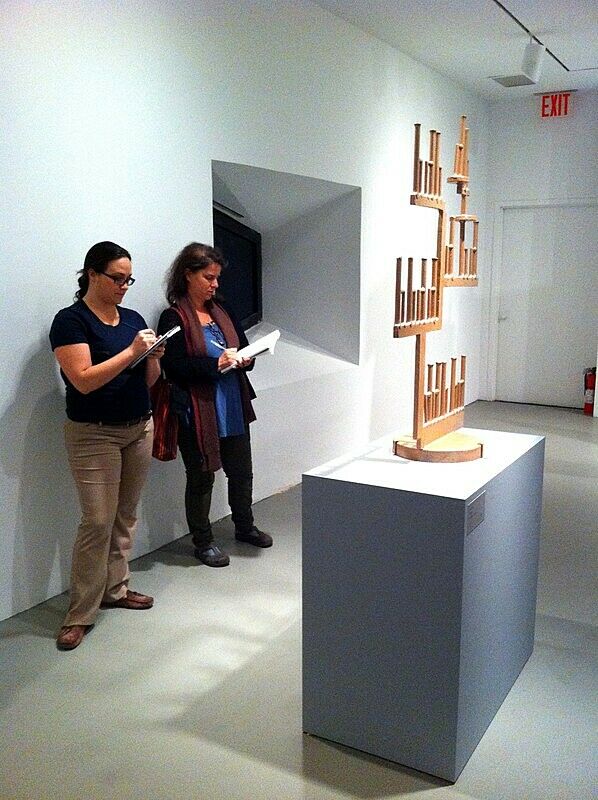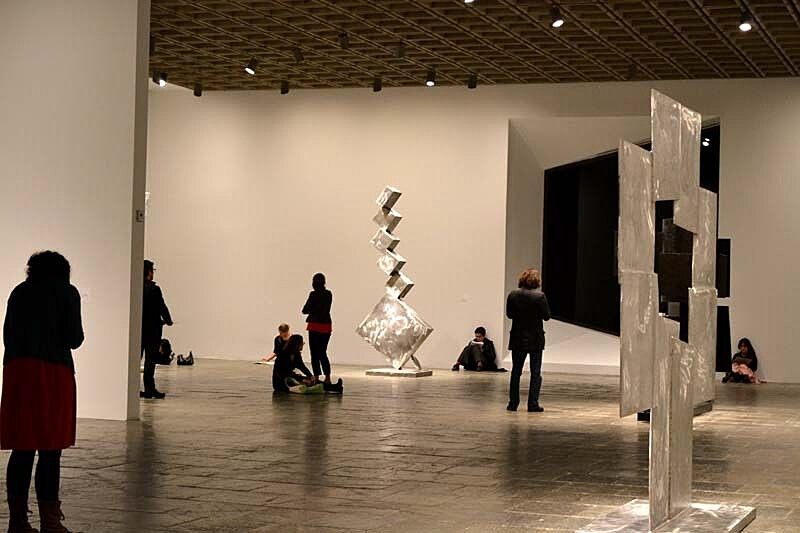Teacher Exchange: A Discussion about the Role of Information in Inquiry-Based Learning
Dec 19, 2011
Can we know too much about a work of art? Do biographical details and historical information get in the way of our personal and imaginative responses to an artist’s creation? The focus of our second meeting for Teacher Exchange in early November was to consider the role that information plays in inquiry-based learning. Teacher Exchange is a year-long professional development workshop for K-12 teachers to learn from one another and exchange ideas about art and teaching.
After our initial greetings and chatting over snacks, we spent time in the exhibition, David Smith: Cubes and Anarchy. We were led through the galleries by Katie Josephson, a curatorial assistant who worked closely with curator Barbara Haskell to organize the show at the Whitney. Katie provided interesting information about the artist’s life and works, and shared behind-the-scenes details about the exhibition. I was particularly intrigued by 17 h’s (1950), a painted steel sculpture comprised of letter-like forms that branched out in a vertical zigzag. At first glance, the sculpture seemed sharp and foreboding. However, when I became aware of the title, it suddenly appeared playful and even humorous. Katie also drew our attention to the relative flatness of this sculpture, its two-dimensionality emphasized by the thin h shapes repeated and mirrored on thicker vertical lines. With the added information, 17 h’s now read like a secret language on a page!
Following the guided tour, we were asked by Museum educators to consider the role of information in inquiry-based learning. One of the most illuminating aspects of our discussion was the reminder to resist “over-informing.” As adult learners, we may prefer lectures and talks. However, this mode of teaching may limit our students’ experiences and minimize their capacities as creative individuals who feel, see, imagine, and think from varying perspectives. As such, we were asked to think about how relevant information about the art and artist could be folded into the dialogue while still encouraging students to look closely and develop their own opinions. This session was a great reminder that teaching is as much (if not more) about listening than it is about talking.
By Kiara Downey, a participant in the Whitney’s Teacher Exchange program.
Downey teaches English Literature and Drama at The United Nations International School.




